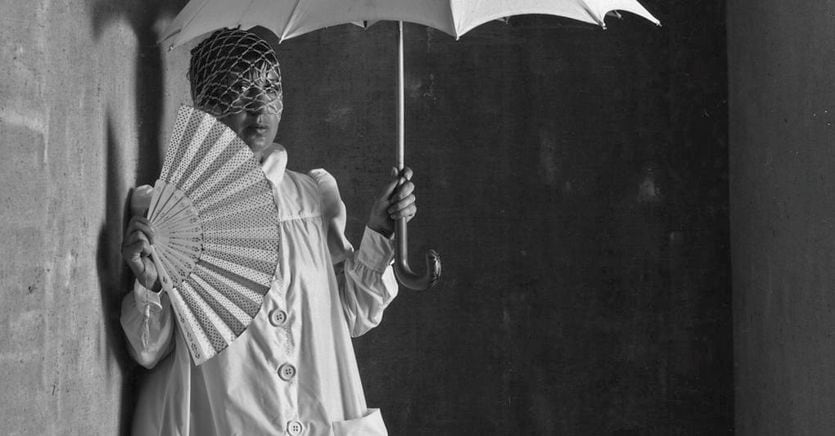Nothing is more ephemeral and eternal than fashion. A fashion show, a few minutes, many flashes, one day that becomes the history of costume, the baggage of a nation and the family lexicon of millions of people. Sofia Gnoli collected in Ephimera. Dialogues on fashion the cycle of meetings on fashion that were held at the Curia Iulia, the ancient seat of the Roman Senate, between 2019 and 2020, by the Archaeological Park of the Colosseum: it is fashion, but in the end it is our life, because it surprises us, it overwhelms us , it belongs to us, he tells us. “Fashion – wrote the German philosopher Walter Benjamin – is like a tiger’s leap, it has a sense of the present, wherever it lives in the forest of the past”. And in the grand bazaar of images, of which the book is very rich.
Rome laboratory of ideas
Fashion is so ancient that it is contemporary, especially if you live and breathe it in a country like Italy or even more in the eternal spaces of Rome. Silvia Venturini Fendi, daughter of Anna, one of the five Fendi sisters, works in the company that bears the family name even after the sale to the LVMH group: “Rome is a laboratory of ideas and, in its chaos, it is a city that contains infinite imaginary. Indeed, perhaps it is a more fertile place for creativity precisely because not everything is perfect. And certain contaminations make it even more stimulating ». Yes, precisely the contaminations. The trademark of Alessandro Michele, creative director of Gucci since 2015 and archaeologist of things to come: «Rome represents the place – let’s say unfortunate, out of fashion – that gives me the opportunity to produce different things. Because this place where there is everything and there is nothing, this place where there is the history of the world but there is also the apocalypse of the world is electrocution, it is an intimate and grandiose contemporary space ».
Loading…
How important is “heritage”
The third creative director protagonist of Ephimera is Maria Grazia Chiuri, of House Dior. An Italian, very Roman, who holds the reins of the most iconic of French brands: “My approach at Dior has been very clear: I have always been aware of the history of the company and I have taken into account theheritage, but I worked to interpret it in a way that represents me, contemporary, with my vision of fashion that is Italian and not French ». The theme of the fashion-art relationship returns to Maria Grazia Chiuri. There is exchange, dialogue, growth. A melting pot happy and colorful that determines our daily life. As happened to the DPs, the Double Pages by Anna Piaggi (1931-2012). She could be dismissed as a fashion journalist and that would be a big mistake given her esprit multifaceted. Innovative, visionary, talent scout, “elegant punk”, as defined by Paolo Castaldi, she was convinced that “you live visually and you must always imagine yourself as a polaroid” and Luca Stoppini underlines that his Double Pages “for decades have been the perfect example of conjugation between fashion, image and graphics ».
History of the dandies
If fashion is myth, so are i dandy. In his essay, Giuseppe Scaraffia outlines him better than a photograph: “The dandy is perpetually alone because like Flaubert, who wrote night and day in the hermitage of Croisset, he wants above all to please himself … dandies they know how much it costs to simulate the randomness in the creasing of the handkerchief… It is not in our power to avoid pain and anguish, boredom or sadness, but we can contain them with elegance ». The one played by Luigi Ontani, artist, seducer, director and actor, “referent of fashion and inspirer of the time”, as Mariuccia Casadio defines him.
The eyes, hungry, range from page to page, from a catwalk photo to an installation to Titian’s Junoesque Venus: it is an opulent book to leaf through slowly, to savor dialogue after dialogue, creation after creation. It is enriched by a reflection by Quirino Conti on the liquidity of the boundaries between male and female and by a story by Gabriella Pescucci, Oscar winner for costumes (The age of innocence, 1993).
